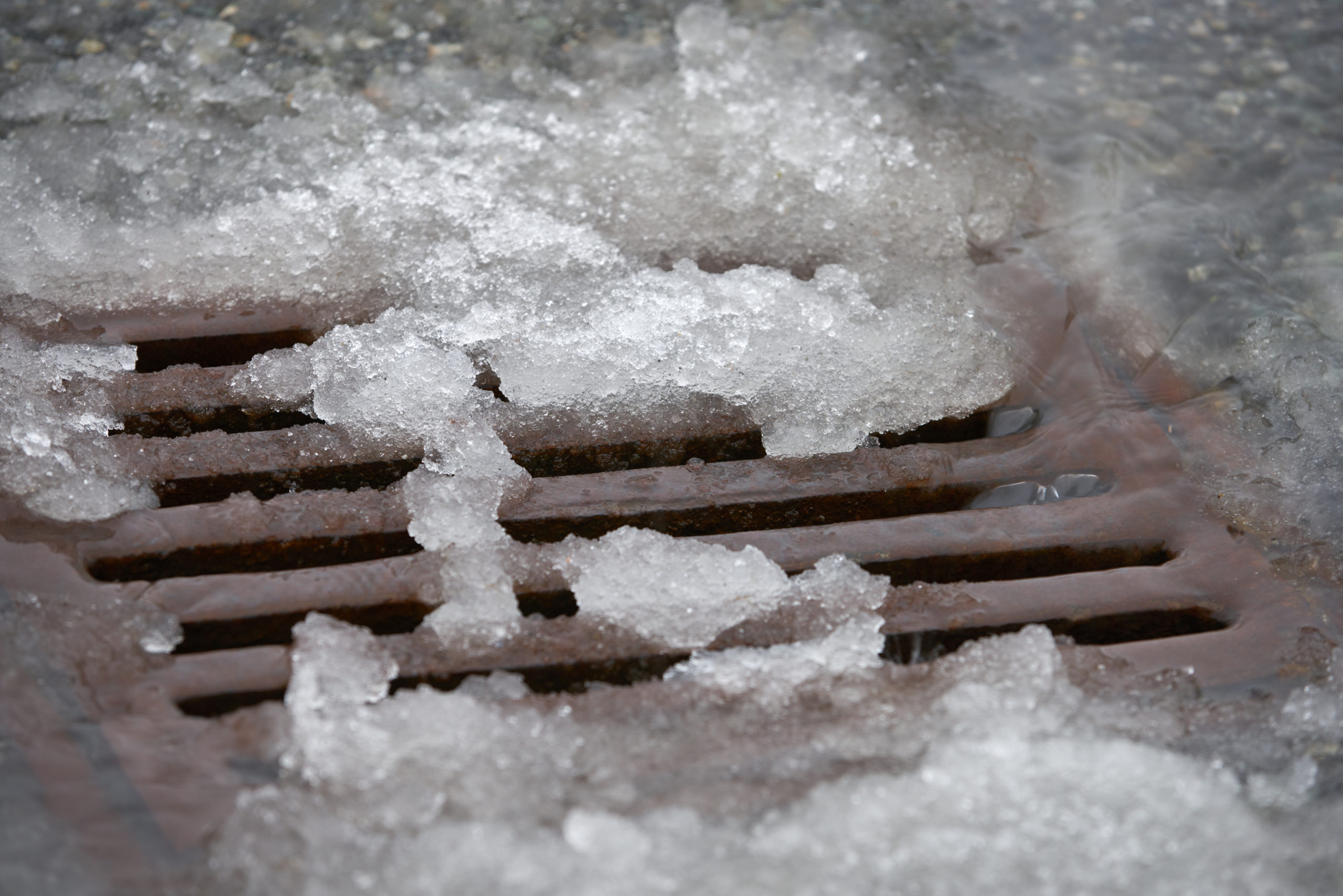Infrastructure Failures in the Face of Freezing Temperatures
by Kara Sabatino, Director of Marketing
More than 70% of the continental United States is currently covered in snow. Communities that have never experienced severe winter storms face unprecedented challenges that come with extreme cold and snow conditions. Streets cannot be plowed, water lines are freezing, and power outages are prevalent. Prioritizing the health and safety of all in the community remains essential. As the snow begins to melt, it is vital to recognize continuing challenges to the water resource management infrastructure in these regions.
Southern stormwater and sanitary wastewater systems were designed based on historical data and climate research. Like those occurring across the Southeast, climate change-induced winter storms were not accounted for during initial construction and engineering design. As the snowstorm continues to wreak havoc across the south, stormwater systems are under unique stress that will only continue, if not worsen, as snowmelt begins.
Texas climate has not historically faced freezing temperatures to this capacity before. Therefore, stormwater systems in states in the south like Texas, Louisiana, and Mississippi were not designed to withstand freeze-thaw cycles like infrastructure in northern climates. Minor cracks and crevasses may now pose a serious threat to the structural integrity of stormwater structures. As surface temperatures rise and fall, snow begins to melt during the heat of the day and refreezes at night. During the melting process, precipitation can fill the smallest divots while in liquid form. This liquid then freezes, expands, and can crack piping. If this occurs multiple times, a minor fracture could become a complete separation. Severe cracking can require expensive repairs and could cause system failure if unaddressed.
Once temperatures begin to rise, stormwater systems face the challenge of managing snowmelt. Different than traditional stormwater runoff, snowmelt is often highly polluted with trash, sediment, and chemicals. This is because snow remains present on the ground without filtration or dispersal. In fact, through shoveling, plowing, and walking, snow is often compacted into a smaller area, accumulating all sediment and pollutants it might carry. Once snow piles begin to melt, they carry their concentrated pollutants into stormwater systems all at once, leading to sedimentation and possible clogging. While northern stormwater systems are designed with extra filtration because of this, Texas stormwater systems are not.
Following this checklist is a great starting place to assess the integrity of your stormwater system:
- Inspect all inlets and forebays for sediment accumulation. If present, that material needs to be collected for disposal offsite.
- Check the outfall device (Riser, Outlet, or other devices that control the basin's water level). Low flow orifices or weirs could be clogged. These outfall devices are critical to basin performance and should be cleaning monthly.
- Check storm strains and storm pipes for any blockages or standing water. If standing water is found, more significant subsurface issues could be present and need to be addressed as soon as possible.
- Remove any dead trees and limbs from the basin.
As power starts to return and businesses begin to reopen in the upcoming days, please keep stormwater assets in mind. Even a simple visual inspection by property managers could prevent flooding if repair requirements are caught early.
